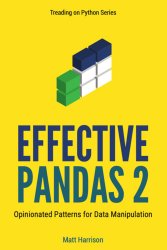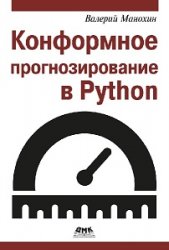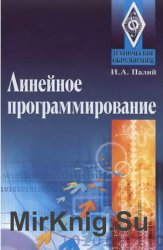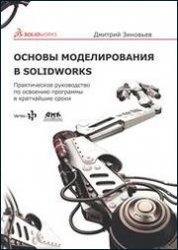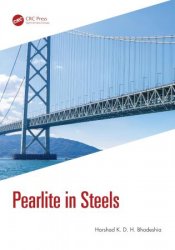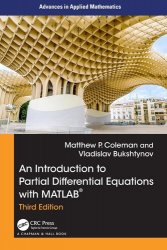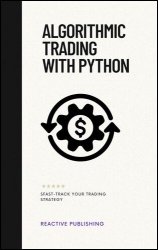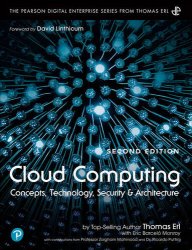 Название: Cloud Computing: Concepts, Technology, Security, and Architecture, Second Edition (Final)
Название: Cloud Computing: Concepts, Technology, Security, and Architecture, Second Edition (Final)Автор: Thomas Erl, Eric Barceló Monroy
Издательство: Pearson
Год: 2024
Страниц: 608
Язык: английский
Формат: epub
Размер: 35.3 MB
Cloud computing has become an integral and foundational part of information technology. The majority of digital business activity and technology innovation occurs with the involvement of contemporary cloud environments that provide highly sophisticated automated technology infrastructure and a vast range of technology resources. To successfully build upon, interact with, or create a cloud environment requires an understanding of its common inner mechanics, architectural layers, models, and security controls. It also requires an understanding of the business and economic factors that justify the adoption and real-world use of clouds and cloud-based products and services.
In Cloud Computing: Concepts, Technology, Security & Architecture, Thomas Erl, one of the world's top-selling IT authors, teams up with cloud computing expert Eric Barceló Monroy and researchers to break down proven and mature cloud computing technologies and practices into a series of well-defined concepts, technology mechanisms, and technology architectures. Comprehensive coverage of containerization and cybersecurity topics is also included.
All chapters are carefully authored from an industry-centric and vendor-neutral point of view. In doing so, the book establishes concrete, academic coverage with a focus on structure, clarity, and well-defined building blocks for mainstream cloud computing and containerization platforms and solutions. With nearly 370 figures, 40 architectural models, and 50 mechanisms, this indispensable guide provides a comprehensive education of contemporary cloud computing, containerization, and cybersecurity that will never leave your side.
A serverless environment is a special operational runtime environment that does not require developers or system administrators to deploy or provision servers. Instead, it is equipped with technology that allows for the deployment of special software packages that already include the required server components and configuration information. Upon deployment, the serverless environment automatically implements and activates an application deployment together with its packaged server, without the administrator having to do anything further. Programs are designed, coded, and deployed alongside the descriptor of the underlying required runtime and any dependencies that may exist. Once deployed, the serverless environment can run and scale the application and ensure its ongoing availability and scalability. Contemporary software architectures deployed in clouds can benefit greatly from serverless environments. More details on serverless technology are provided in Chapter 5.
Containerization is a form of virtualization technology that allows for the creation of virtual hosting environments referred to as “containers” without the need to deploy a virtual server for each solution. A container is similar in concept to a virtual server in that it provides a virtual environment with operating system resources that can be used to host software programs and other IT resources. Containers are briefly introduced in the upcoming Basic Concepts and Terminology section, and containerization technology is covered in detail in Chapter 6.
Who This Book Is For:
This book is aimed at the following target audience:
• IT practitioners and professionals who require vendor-neutral coverage of cloud computing technologies, concepts, mechanisms, and models
• IT managers and decision-makers who seek clarity regarding the business and technological implications of cloud computing
• professors and students and educational institutions that require well-researched and well-defined academic coverage of fundamental cloud computing topics
• business managers who need to assess the potential economic gains and viability of adopting cloud computing resources
• technology architects and developers who want to understand the different moving parts that comprise contemporary cloud platforms
Contents:
Скачать Cloud Computing: Concepts, Technology, Security, and Architecture, Second Edition (Final)
[related-news] [/related-news]
Комментарии 0
Комментариев пока нет. Стань первым!
